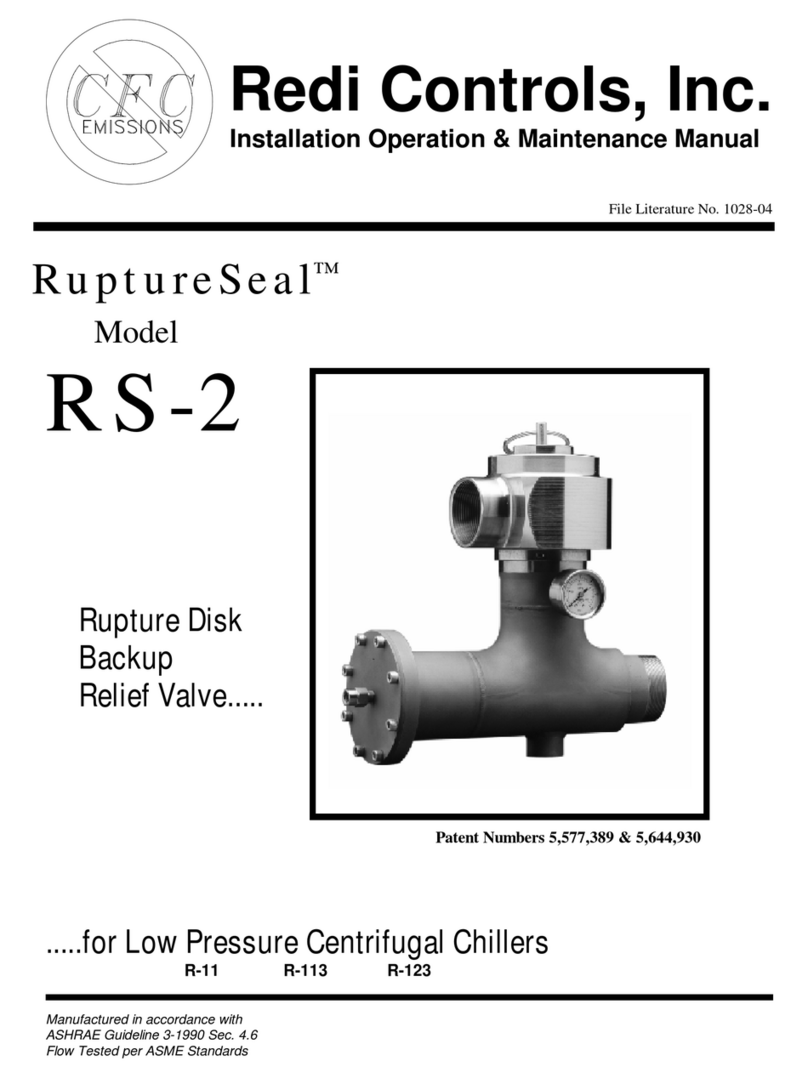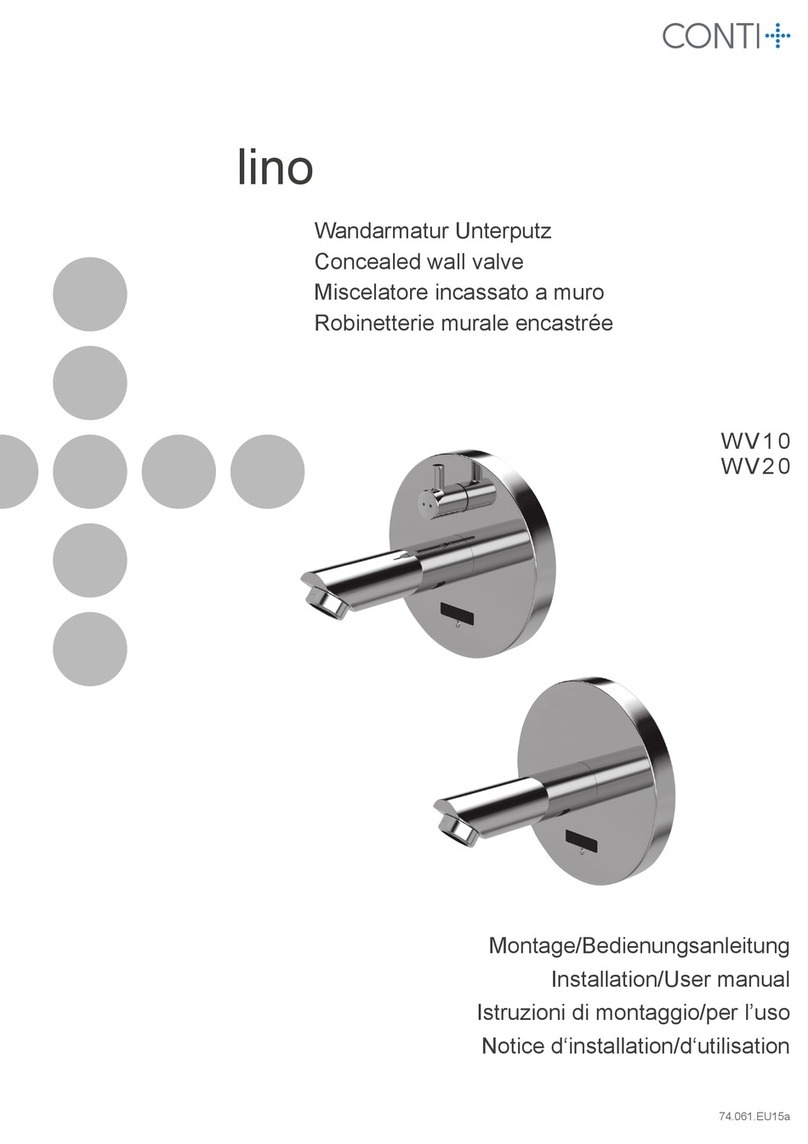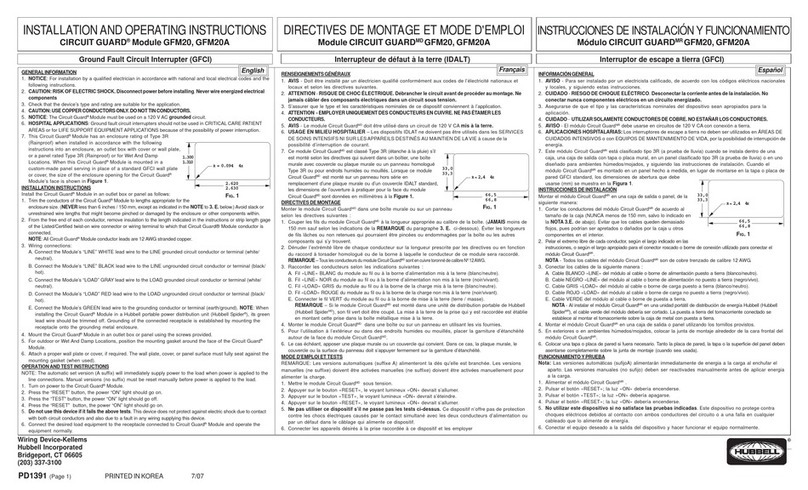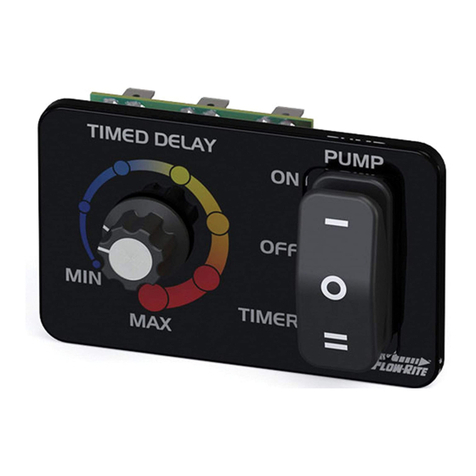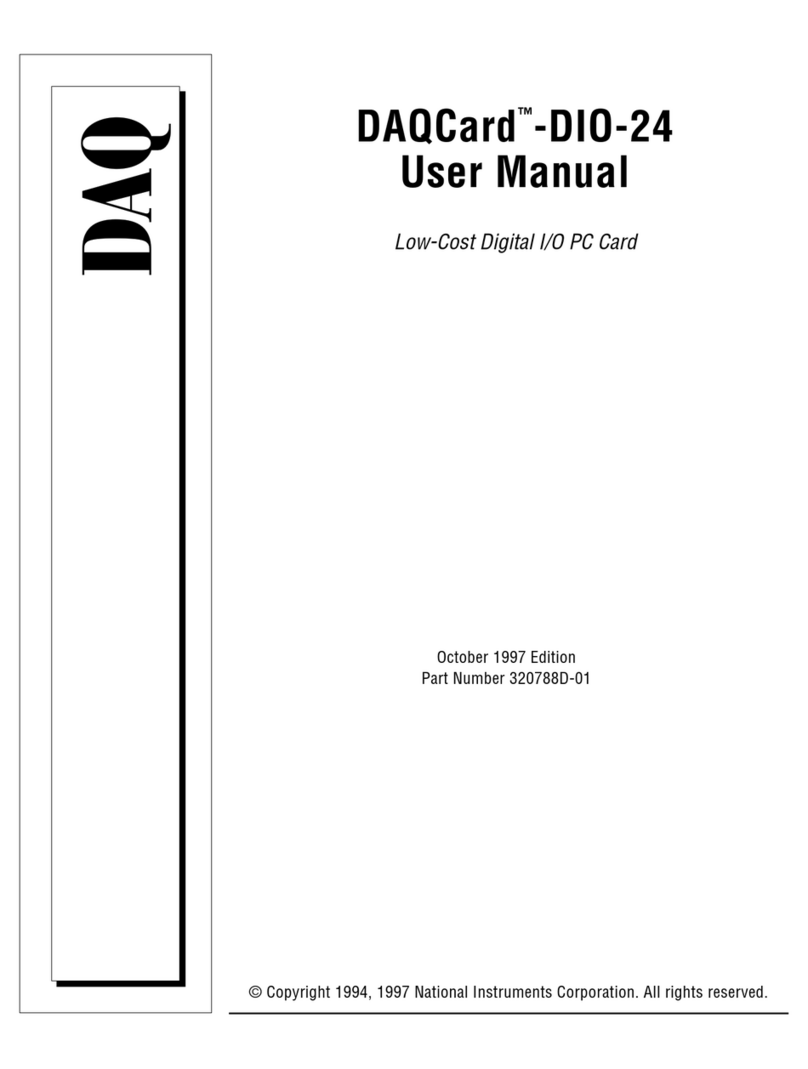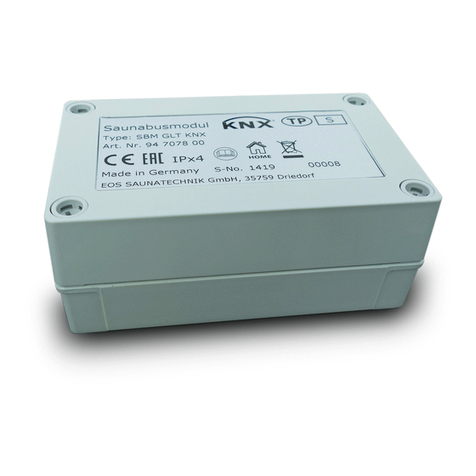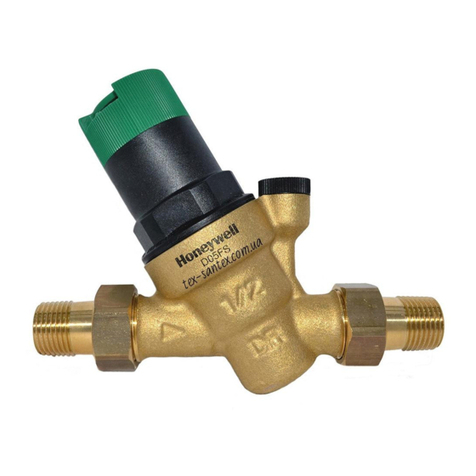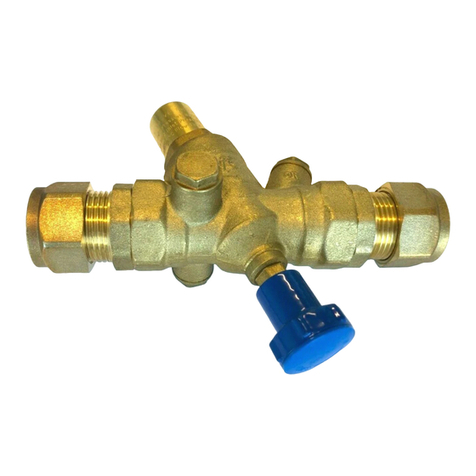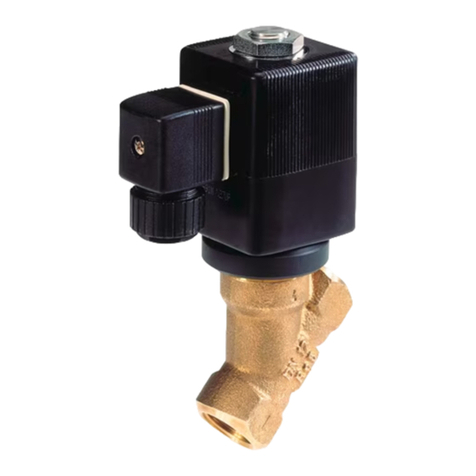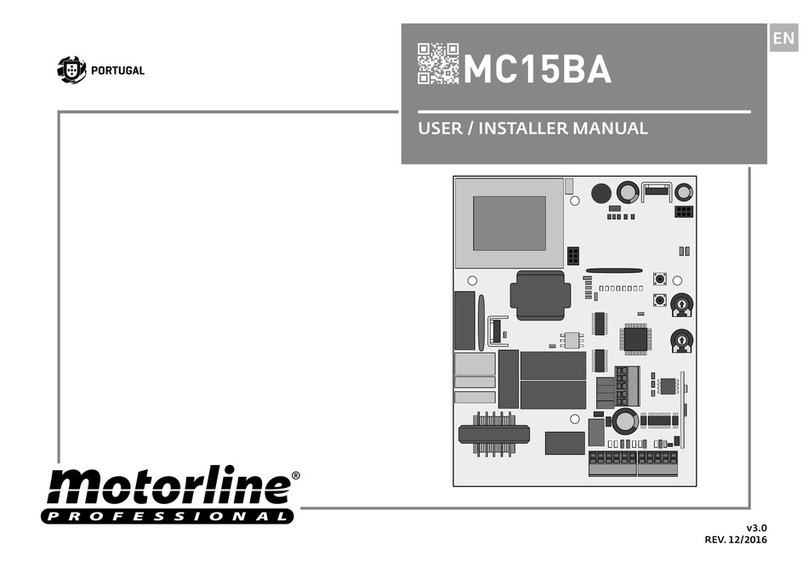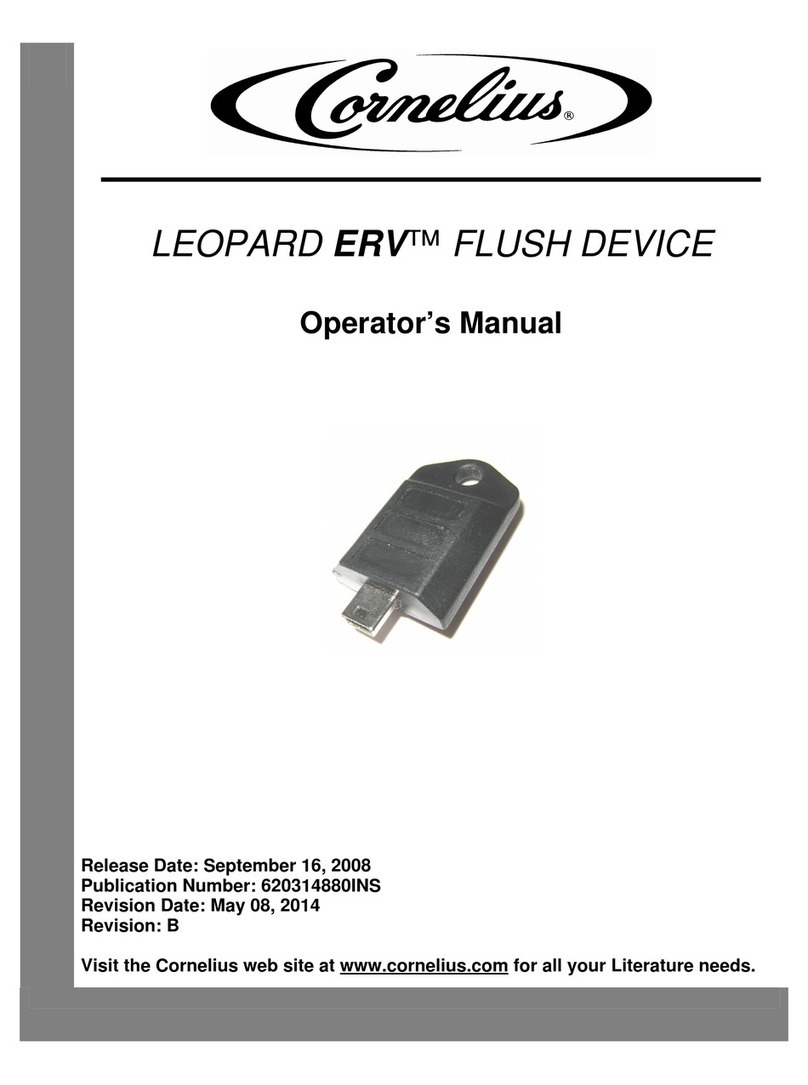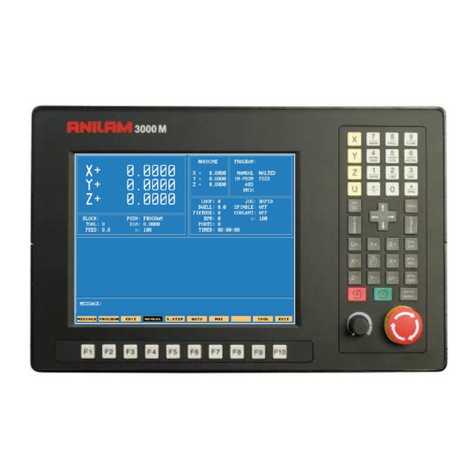
Pressure Adjustment
The Pressure reducing valve has been factory set to 500kPa and has an adjustment range
of 260 - 750kPa.
To adjust the pressure:
1. Ensure the lines have been ushed and the air purged from the system.
2. Turn the water off and relieve the pressure from the system.
3. Remove the test point plug located on the outlet side of the valve and t your test
gauge.
4. Turn the water on and observe the gauge pressure.
5. Using a screw driver turn the screw clockwise to increase the pressure and anti-
clockwise to decrease the pressure.
6. During this process it may be necessary to open a tap on the line and allow water to
run and then close the tap to conrm your adjustment. Check your test gauge and
repeat if necessary.
7. Repeat steps 2 and 3 and remove test gauge and re-t test point plug.
8. Make sure all joints are water tight and check for leaks.
Installation
The Pressure reducing valve must be installed by a licensed plumber and in
accordance with AS/NZS 3500, relevant local requirements and the following
manufacturer’s instructions.
Important Note
Flush out your lines to remove any debris or dirt particles that may cause the
valve to malfunction.
1. The pressure reducing valve may be installed horizontally or vertically.
2. It is recommended that isolation valves be fitted either side of the
Pressure reducing valve to assist future maintenance operations.
3. The PRV15 and PRV20 are protected by an internal stainless steel mesh
filter. If the valve is being installed in an environment where fine dirt
particles are present it is recommended that a line strainer be fitted
upstream of the valve.
4. Ensure that the valve is installed in an accessable position for future
maintenance operations.
5. Install the valve with the arrow on the valve body pointing in the direction
of flow.
For best operation the inlet pressure should be at least 150 kPa higher than the
outlet pressure.
Recommendations for installation
1. Do NOT install PRV’s below ground.
2. If the installation is at risk of water hammer, fit a water hammer arrestor.
3. If the pressure setting is important for the protection of equipment fit a
pressure relief valve downstream of the valve.
Installation Diagram
Pressure Adjustment
The Pressure reducing valve has been factory set to 500kPa and has an
adjustment range of 150 - 600kPa
To adjust the pressure:
1. Ensure the lines have been flushed and the air purged from the system.
2. Turn the water off and relieve the pressure from the system.
3. Remove the test point plug located on the outlet side of the valve and fit
your test gauge.
4. Turn the water on and observe the gauge pressure.
5. Remove the factory set pressure sticker located on top of the valve cover
and expose the adjustment screw.
6. Using a screw driver turn the screw clockwise to increase the pressure and
anti-clockwise to decrease the pressure.
7. During this process it may be necessary to open a tap on the line and
allow water to run and then close the tap to confirm your adjustment.
Check your test gauge and repeat if necessary.
8. Repeat steps 2 and 3 and remove test gauge and re-fit test point plug.
9. Make sure all joints are water tight and check for leaks.
Adjustment Diagram
Trouble Shooting
Reduced Flow Rate.
This problem is caused by a build up of foreign material on the gauze filter inside
the valve (see maintenance procedures)
The Pressure Reducing Valve does not maintain its set pressure.
This problem is caused by a build up of foreign material on the valve seat. This
prevents the valve from shutting off causing leakage with a resulting increase in
pressure down stream. (see maintenance procedures to clean or replace cartridge)
• Drain lines must have a continuous fall
Adjustment Diagram
CAUTION!
If the pressure reducing valve is not installed, commissioned and maintained properly in
accordance with the instructions contained in this manual, it may not operate correctly,
and cause damage to objects and or persons.
Leave this operating manual with the user
Installation Diagram
Installation
The pressure reducing valve must be installed by a licensed plumber and in accordance
with AS/NZS 3500, the Building Code, all relevant local requirements and the following
manufacturer’s instructions.
Important Note
Flush out your lines to remove any debris or dirt particles that may cause the valve to
malfunction.
*Installation Suggestion: Multistorey Buildings - where multiple pressure reducing valves
will be used as part of a hydraulic circuit, consideration should be given to the design of
the hydraulic circuit to avoid the operating condition where combined high inlet pressure/
low outlet ow-rate results in high water velocity within the Pressure Reducing Valve.
Where inlet pressures are likely to exceed 1,000 kPa, this may be achieved through staged
pressure reduction measures.
1. The pressure reducing valve may be installed horizontally or vertically.
2. It is recommended that isolation valves be tted either side of the Pressure reducing
valve to assist future maintenance operations.
3. The PRV25F is protected by an internal stainless steel mesh lter. If the valve
is being installed in an environment where ne dirt particles are present it is
recommended that a line strainer be tted upstream of the valve.
4. Ensure that the valve is installed in an accessible position for future maintenance
operations.
5. Install the valve with the arrow on the valve body pointing in the direction of ow.
For best operation the inlet pressure should be at least 150 kPa higher than the outlet
pressure.
Recommendations for installation
1. Do not install PRV’s below ground unless the valve is tted inside a protective box as to
prevent damage and corrosion by chemicals in the soil.
2. If the installation is at risk of water hammer, t a water hammer arrestor. If the
pressure setting is important for the protection of equipment t a pressure relief valve
downstream of the valve.
Manual Isolation Valve Pressure Reducing Valve
Line Strainer Manual Isolation Valve


